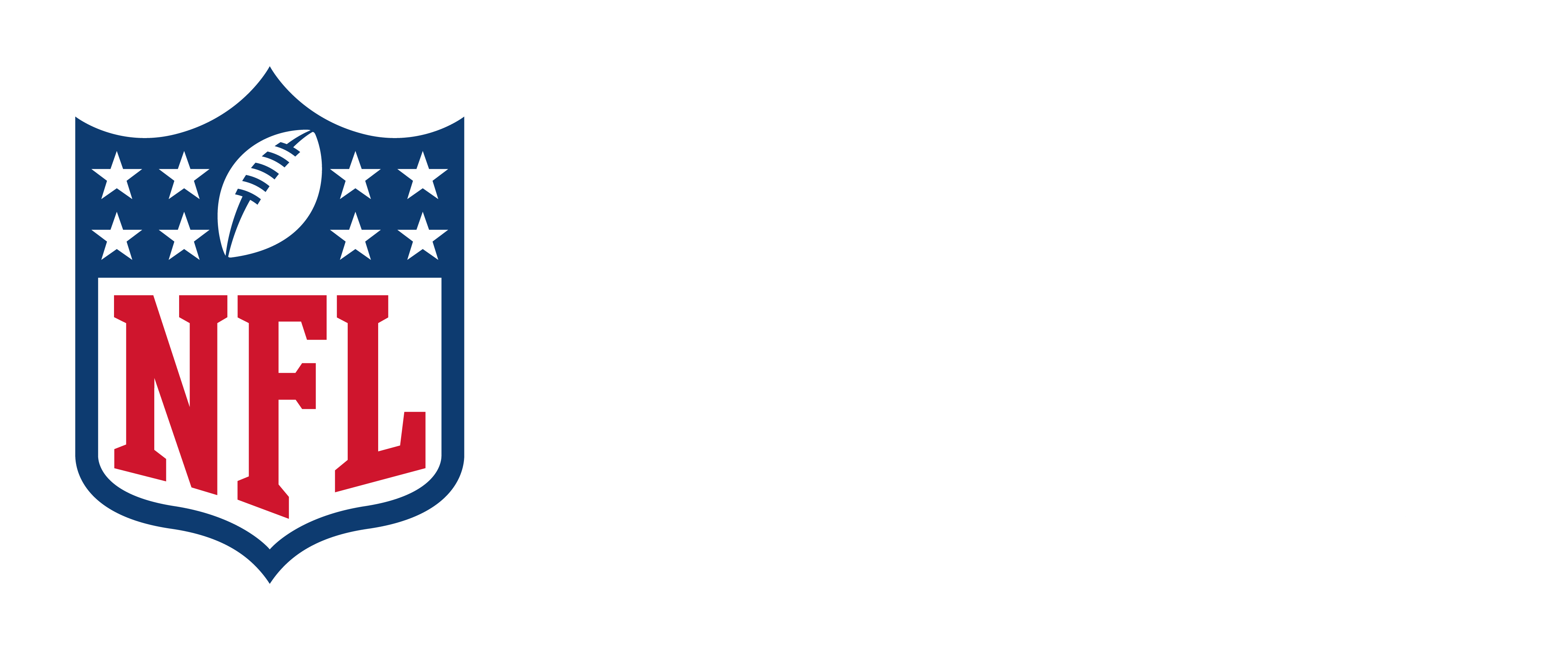With Training Camp in full swing and temperatures heating up, the ߣĎČÉúAV continues its work to further prepare clubs—as well as youth, high school, and college football teams – to address heat-related illness.
For years, the ߣĎČÉúAV has been collaborating with Dr. Douglas J, Casa, PhD, CEO of the Korey Stringer Institute (KSI) and Professor of Kinesiology at the University of Connecticut to provide clubs with comprehensive information about preventing and treating exertional heat stroke. Dr. Casa recently joined ߣĎČÉúAV Chief Medical Officer Dr. Allen Sills for an ߣĎČÉúAV Presents webinar to review and share updated best practices to protect players from heat-related illness.
Dr. Casa discussed step-by-step guidelines designed by KSI to prevent, identify, assess and treat exertional heat stroke – a severe condition characterized by a body temperature above 105 degrees and signs of central nervous system dysfunction.
"It is imperative that medical personnel and coaching staffs quickly recognize [the signs of heat stroke] and initiate appropriate care," Dr. Casa said.

Dr. Casa's full presentation is available . You can also watch the full webinar here.
Identify, Assess, Treat
Team medical and coaching staff can identify heat stroke early based on specific changes in player behavior. Early signs of struggle include disorientation, staggering, decreased performance and profuse sweating. If a player exhibits any of these symptoms, he should be removed from play and escorted to the sideline for a medical assessment.
The first step of the medical evaluation is to take the athlete's temperature. Dr. Casa emphasized that a rectal reading is the most accurate way to determine core temperature. Regardless of location or circumstance, taking a player's rectal temperature is essential.
"You [get a temperature reading this way] while protecting the privacy of the person, in a very discrete manner," Dr. Casa said. "It can really be done in a very professional manner even in a field setting."
Team medical staff should also check for signs of central nervous system dysfunction, which include irritability, collapse and altered consciousness. If medical experts determine that the athlete is suffering from exertional heat stroke, cooling must be initiated immediately. The player should be immersed in an upright position in a tub filled with ice water.
"While treatment times may vary due to starting temperature, rapid cooling to 102 degrees within 30 minutes is imperative," Dr. Casa said.
Dr. Casa emphasized that the key is to "cool first, transport second." A player suffering from exertional heat stroke should not be removed from the ice bath until his temperature is adequately lowered. Once the body has cooled, the player should be transported via EMS to a medical facility or hospital for follow-up care.
Watch the video Dr. Casa made in partnership with the ߣĎČÉúAV to provide an overview of treating exertional heat stroke:
Staying Vigilant
Dr. Sills encouraged everyone to share the information from Dr. Casa's presentation widely – with coaches, athletic trainers and medical personnel from all levels of football.
"Especially in the heat conditions we are experiencing in most of the country this summer, we must be vigilant," Dr. Sills said. "This is an area where we can never become complacent, and the opening of our training camps is the league's period of greatest risk."
Clubs are encouraged to take proactive measures to ensure that players are protected.
According to Dr. Casa, prevention strategies such as heat acclimatization, practice and game modifications based on environmental conditions, proper hydration and adequate rest can help minimize the risk of exertional heat stroke.
Sharing Important Information
Additional resources on heat-related illness are available via the ߣĎČÉúAV's partner, the :












